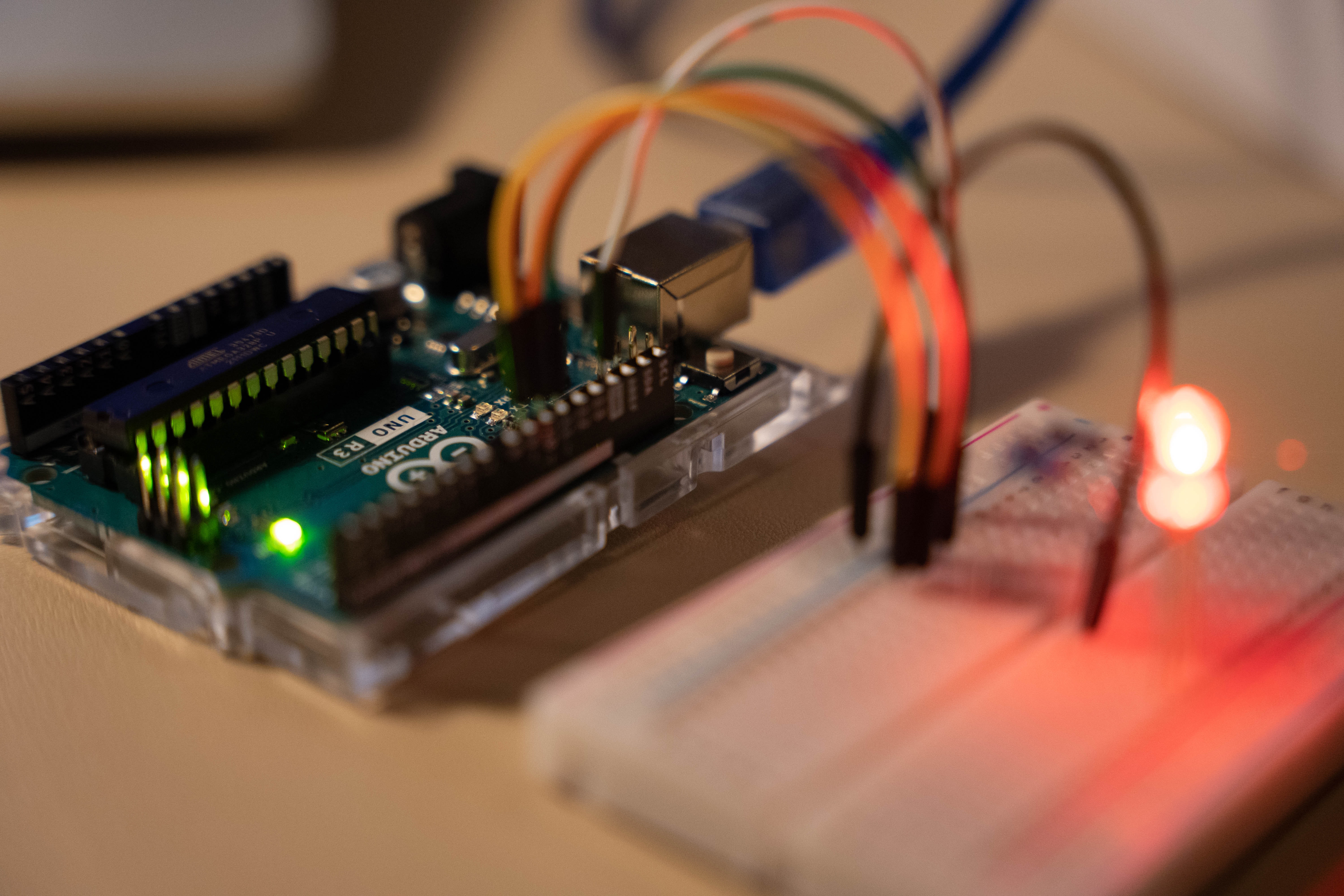- All
- Product Name
- Product Keyword
- Product Model
- Product Summary
- Product Description
- Multi Field Search
Views: 95 Author: Site Editor Publish Time: 2023-12-29 Origin: Site
Terminal blocks are a critical component of electrical systems, providing a secure and reliable means of connecting wires and cables. However, when it comes to selecting terminal blocks for use in hazardous environments, such as those with exposure to extreme temperatures, moisture, chemicals, or other potentially dangerous conditions, it is important to take additional factors into consideration.
One of the most important considerations when selecting terminal blocks for hazardous environments is the level of protection they offer. In order to ensure safe and reliable operation in these environments, terminal blocks must be designed and tested to withstand the specific hazards present. For example, terminal blocks intended for use in explosive or flammable environments may need to be explosion-proof or flame-proof, while those used in wet or corrosive environments may need to be water-resistant or corrosion-resistant.
Another important factor to consider when selecting terminal blocks for hazardous environments is the materials used in their construction. Different materials offer different levels of resistance to various hazards, and it is important to select materials that are appropriate for the specific environment. For example, stainless steel or other corrosion-resistant materials may be necessary in environments with high levels of moisture or corrosive chemicals.

It is also important to consider the type and size of wires and cables that will be connected to the terminal blocks. The terminal blocks must be able to accommodate the size and type of wires being used, and must be designed to provide a secure and reliable connection in the face of any potential hazards. This may require the use of specialized terminal blocks or connectors designed specifically for use in hazardous environments.
In addition to the above considerations, it is important to ensure that the selected terminal blocks comply with any relevant safety regulations or standards. For example, in the United States, the National Electrical Code (NEC) provides specific requirements for the installation and use of terminal blocks in hazardous locations. Compliance with these requirements is essential for ensuring the safety and reliability of the electrical system.
Proper selection and installation of terminal blocks in hazardous environments is essential for ensuring the safety and reliability of electrical systems. By carefully considering factors such as level of protection, materials, wire size and type, and compliance with safety regulations, you can select the appropriate terminal blocks for use in hazardous environments. This can help to prevent a range of hazards, including electrical shock, fire, and equipment damage, and can help to ensure the safe and reliable operation of the electrical system over time.
A terminal block is a compact, insulated base with metal contacts that lets you clamp, join, and distribute conductors without soldering. If you’ve ever routed power to a drive, brought sensor leads into a controller, or handed off field wiring to a PCB, you’ve used one. Understanding what is a term
As a Engineer ,It is very important to choose globally recognized premium terminal blocks .these manufacturersas below: Phoenix Contact, WAGO, Weidmüller, Eaton, Molex, Amphenol, Harting, and Shanye Electronics (subsidiary of Kefa Electronics). These industry leaders collectively dominate the $4.6
This article covers the technical features of spring-loaded and push-in terminals, and both the advantages and disadvantages of these technologies when it comes to installation practices, commissioning, footprint and authorisation for the North American market. Why do we need spring terminal block ?
Wiring a terminal block correctly is a fundamental skill in electrical work, ensuring safe and reliable connections. This article will help you to understand the essential steps, from preparing your wires to securing them properly within various terminal block types.ContentWhat are Terminal Blocks?R
What is terminal block ?terminal block, also known as a connection terminal, is a modular block used in electrical and electronics systems to connect and secure electrical wires or cables. It serves as a convenient and organized way to make electrical connections, whether for power distribution, sig
Terminal electronics is the key point at which a conductor from a electronic component, device or network comes to an end.Terminal may also refer to an electrical connector at this endpoint, acting as the reusable interface to a conductor and creating a point where external circuits can be connected